- Hyderabad to Andaman Trip
- Elephant Beach
- Trip to Andaman from Delhi
- Sunrise in Havelock
- Best Time to Visit Havelock Island
- Andaman Tour in December
- Parasailing in Havelock
- Water Sports in Havelock
- Havelock Itinerary
- Best Time to Visit Andaman
- Tourist Places in Havelock Island
- Things to do in Havelock
- How to Reach Havelock Island from Bangalore
- Best Time for Scuba Diving in Andaman
- Bioluminescent Beach in Andaman
- Best Beaches in Havelock
- Best Time to Visit Havelock, Andaman
- Andaman Itinerary for 4 Days
- Things to Keep in Mind while Traveling to Andaman
- Tribal Culture in Andaman
- Festivals of Andaman and Nicobar Islands
- Monsoon in Andaman
- Water Sports in Havelock Island
- Celebrating Love in the Andamans
- The Best Time for Scuba Diving in Andaman
- A Romantic Honeymoon in Havelock
- Candlelight Dinner In Havelock
- The Food of Andaman and Nicobar Islands
- Swaraj Dweep: An Exploration Guide
- Things to Do in Neil Island
- Things To Do in Port Blair
- In and Around Havelock
- Thrilling Experiences in Havelock
- Barefoot At Havelock Beckons You This Winter
- Exploring the Sunrise and Sunset at Havelock Island
Numerous indigenous groups call Andaman and Nicobar Islands, which are in the Bay of Bengal, home. The tribes in Andaman have lived on the islands for tens of thousands of years, maintaining their distinct cultures, customs and a strong bond with the pristine natural surroundings that they call home: in some cases subsisting through hunter-gatherer lifestyles relying upon the forest and the sea.
The tribes of Andaman & Nicobar Islands provide evidence of the world's vast biodiversity and cultural diversity. If you plan to visit Andaman and Havelock Islands, do learn about these tribes in advance, to gain a better respect for the ecosystem and the importance of it for the lifestyle of the indigenous inhabitants, and familiarize yourselves with the dos and don’ts regarding seeking contact with them or buying souvenirs or produce arising from the Tribal Reserve areas. In a nutshell, tourists are not allowed to contact the indigenous tribes of the Andaman or trade in souvenirs arising from them. Learning about the indigenous population through trusted online resources and the Anthropological Museum in Port Blair is the best way to enhance your understanding of the Islands and pay tribute to its earliest inhabitants.
The tribes of Andaman & Nicobar Islands provide evidence of the world's vast biodiversity and cultural diversity. If you plan to visit Andaman and Havelock Islands, do learn about these tribes in advance, to gain a better respect for the ecosystem and the importance of it for the lifestyle of the indigenous inhabitants, and familiarize yourselves with the dos and don’ts regarding seeking contact with them or buying souvenirs or produce arising from the Tribal Reserve areas. In a nutshell, tourists are not allowed to contact the indigenous tribes of the Andaman or trade in souvenirs arising from them. Learning about the indigenous population through trusted online resources and the Anthropological Museum in Port Blair is the best way to enhance your understanding of the Islands and pay tribute to its earliest inhabitants.

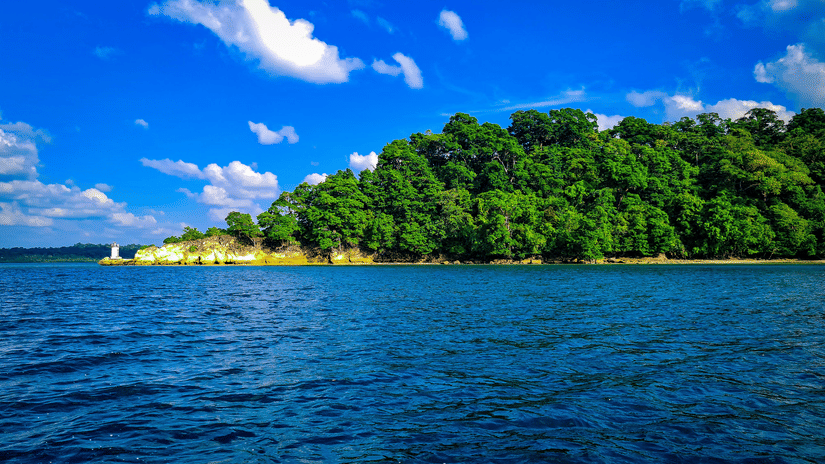
ANDAMAN ISLANDS
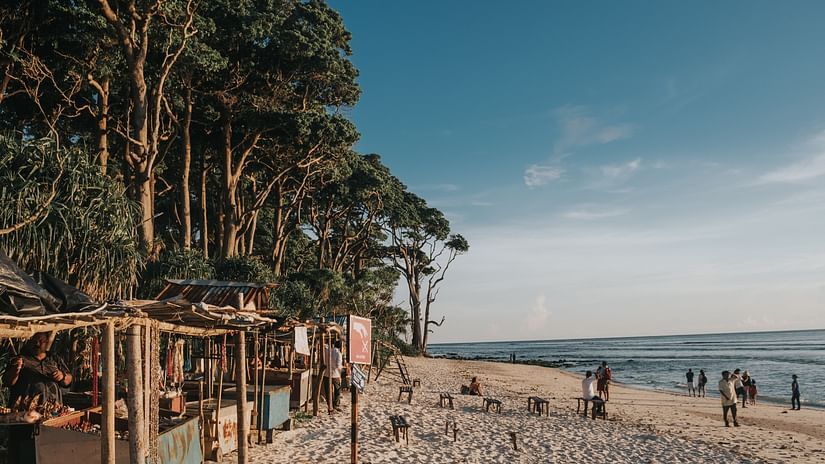
Onge Tribe
The Onge tribe primarily resides on Little Andaman Island. They have often made their living through hunting, collecting and fishing. The distinctive language and traditions of the Onge tribe serve as a reflection of their unique identity. Over the years, they have experienced significant cultural disruptions due to shrinkage of reserved forest area, interactions with settlers and exposure to external influences. Despite this, they have managed to retain certain aspects of their traditional practices, such as hunting, fishing and utilising natural resources to sustain their community. Their forests were plundered due to poaching and logging and degraded through monoculture plantations and they were relocated to Dugong Creek in South Andaman in 1976.
Jarawa Tribe
The lush forests and abundant wildlife of the Jarawa people's ancestral territories hold a special place in their hearts. They inhabit the South and Middle Andaman Islands and have fiercely resisted contact with the outside world until the turn of the century. The Jarawa tribe has its own distinctive language, culture and rituals. They have had difficulties as a result of encroachment and poaching in their territories, but attempts are being made to safeguard their well-being, conserve their lands and preserve their cultural legacy. In the face of rapid modernisation, they face threats to their traditional lifestyle and territory.

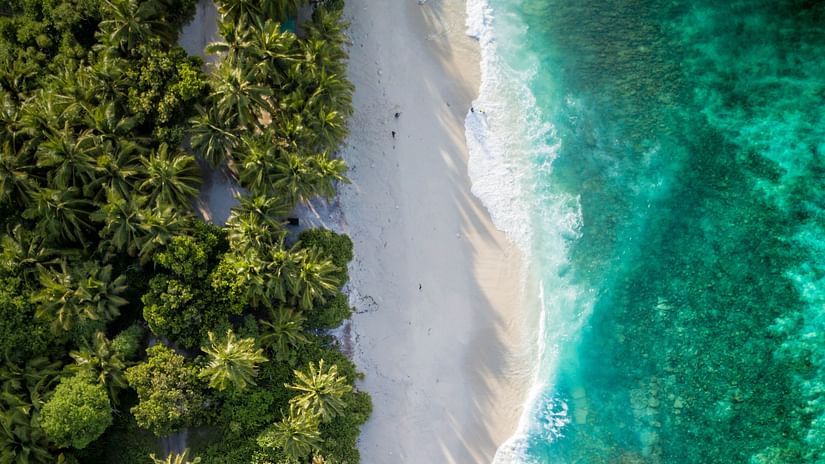
Great Andamanese Tribe
The Great Andamanese were once a large group of distinct tribes (or Septs) residing on different islands spread through the Andaman Archipelago. Sadly, due to colonisation, the introduction of diseases and forced assimilation, not least to mention a battle with British (“Battle of Aberdeen”), their population dwindled dramatically. Once numbering up to around 6500, less than 40 members of the tribe remain on Strait Island today, a small island where they have been resettled. Efforts are being made to revive and preserve their language and cultural heritage through community initiatives.
Sentinelese Tribe
Perhaps the most isolated tribe on the planet, the Sentinelese live on North Sentinel Island and have remained virtually untouched by modern civilisation. Their hostility towards outsiders is well-documented, as they fiercely protect their land and independence. Consequently, very little is known about their language, culture and beliefs, making them one of the most enigmatic tribes in the world. They have been known to fire warning arrows at all visitors who approach their territory, and a few ill-advised explorers and poachers have also lost their lives recently in illegal contact attempts.
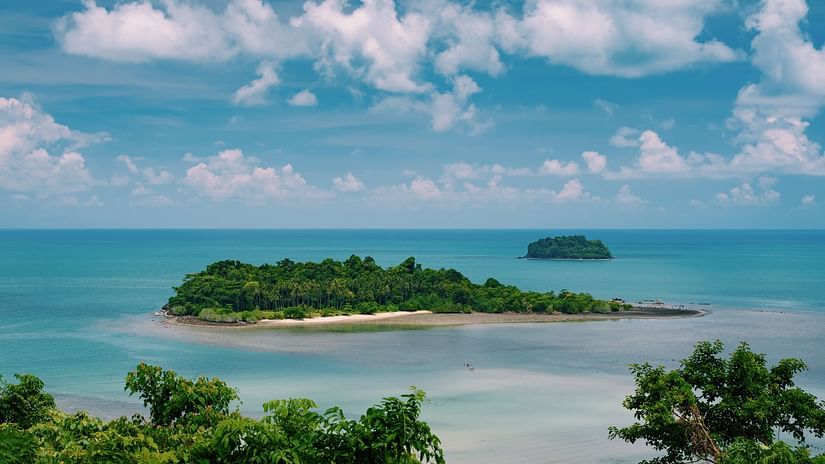
NICOBAR ISLANDS

Nicobari Tribe
The Nicobari, or Nicobarese, have typically relied on farming, fishing and hunting as their main sources of food. The Nicobari tribe possesses a distinctive language, artistic expression and customs that have been handed down through the ages. The Nicobarese are the largest indigenous community in the Nicobar Islands, and they inhabit several islands in the Nicobar archipelago. With a population of over 30,000, the Nicobarese are known for their rich cultural heritage. They have their language, religion, and traditions that are an amalgamation of various influences. Their livelihood revolves around agriculture, fishing and weaving. The Nicobarese are known for their intricate and beautiful handicrafts, including distinctive palm leaf mats and baskets. They have slowly been integrating into the mainstream and several members work in administrative capacities today.
Shompen Tribe
The Shompen people reside primarily in the interiors of Great Nicobar Island. They have managed to maintain their distinct culture and lifestyle, although contact with other communities has increased in recent years. They have traditionally been semi-nomadic hunter-gatherers but have recently been observed rearing pigs and maintaining small farms. Preserving their unique language and customs remains a critical challenge for their cultural continuity. They continue to be comparatively poorly studied and understood because of their seclusion and minimal contact with the outside world.
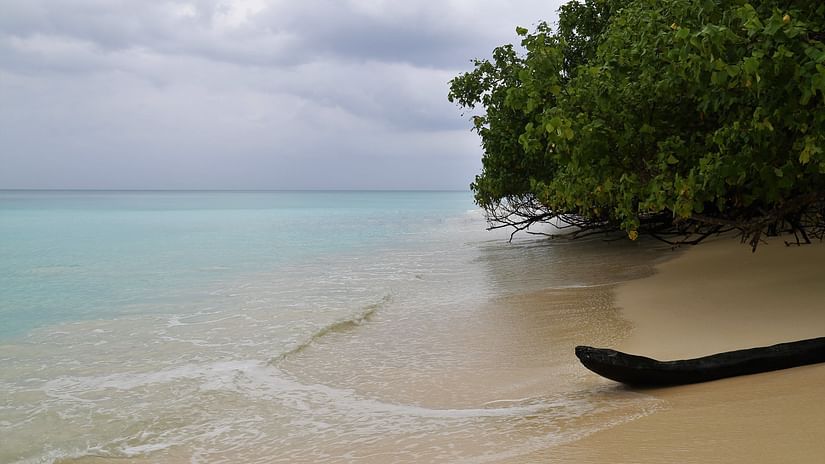
The indigenous tribes of the Andaman and Nicobar Islands offer us a glimpse into a world untouched by modernity, where traditions and customs have withstood the test of time. They are a living testament to the resilience of human culture and the need to protect our planet's diverse heritage.
The above information is provided by Barefoot at Havelock as a means of sensitizing potential guests towards the challenges faced by the indigenous inhabitants of the archipelago. It is reiterated that tourists are not allowed to contact the indigenous tribes of the Andaman or trade in souvenirs arising from them.
To learn more about different aspect of the archipelago, check out our blog about the festivals of the Andaman and Nicobar Islands for an exotic cultural experience the islands have to offer.
The above information is provided by Barefoot at Havelock as a means of sensitizing potential guests towards the challenges faced by the indigenous inhabitants of the archipelago. It is reiterated that tourists are not allowed to contact the indigenous tribes of the Andaman or trade in souvenirs arising from them.
To learn more about different aspect of the archipelago, check out our blog about the festivals of the Andaman and Nicobar Islands for an exotic cultural experience the islands have to offer.